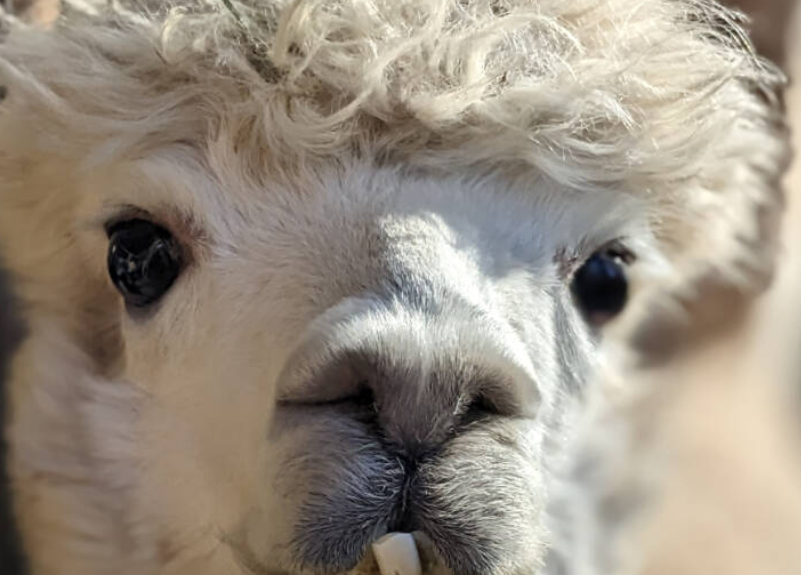Llama Poop Boosts Soil Fertility
Llamas, with their unique contribution through grazing, shedding, and pooping, have emerged as potential saviors for soil fertility, particularly in areas impacted by deglaciation. A recent scientific study conducted over three years in the Cordillera Blanca region of the Andes reveals that llama poop, known as “llama beans,” contains essential nutrients like carbon and nitrogen, fostering increased plant cover and biodiversity.
Key Points
- Study Duration: Scientists worked with farmers raising llamas in the Cordillera Blanca for three years to assess the impact on soil fertility and plant life in areas affected by glacial retreat.
- Positive Effects of Llama Presence: Areas where llamas were reared experienced a 57% increase in plant cover, witnessing improved soil nutrient levels and the introduction of four new plant species.
- Nutrient-Rich Llama Poop: Llama poop, rich in nutrients like carbon and nitrogen, is considered a valuable resource for replenishing soil fertility. Additionally, the feces contain seeds from plants consumed by llamas.
- Traditional Practice in the Andes: Raising llamas in the Andes, particularly around glaciers, has been a traditional practice dating back to the Incan Empire. Indigenous farmers in the region have continued llama husbandry.
- Solving Deglaciation Impact: The study suggests that llama farming may offer a practical solution to the challenges posed by deglaciation, contributing to the restoration of soil fertility and local ecosystems.
- Climate Change Impact in Peru: Peru has witnessed a significant loss of glacial surface, exceeding 50% in the past 50 years, primarily due to climate change. Deglaciation leaves behind nutrient-depleted soil.
- Long-Term Impact of Glacial Melt: Melting glaciers release soil devoid of nutrients, and natural recovery processes can take hundreds of years. Llama farming could expedite the restoration of fertility.
Month: Current Affairs - December, 2023
Category: Environment Current Affairs






